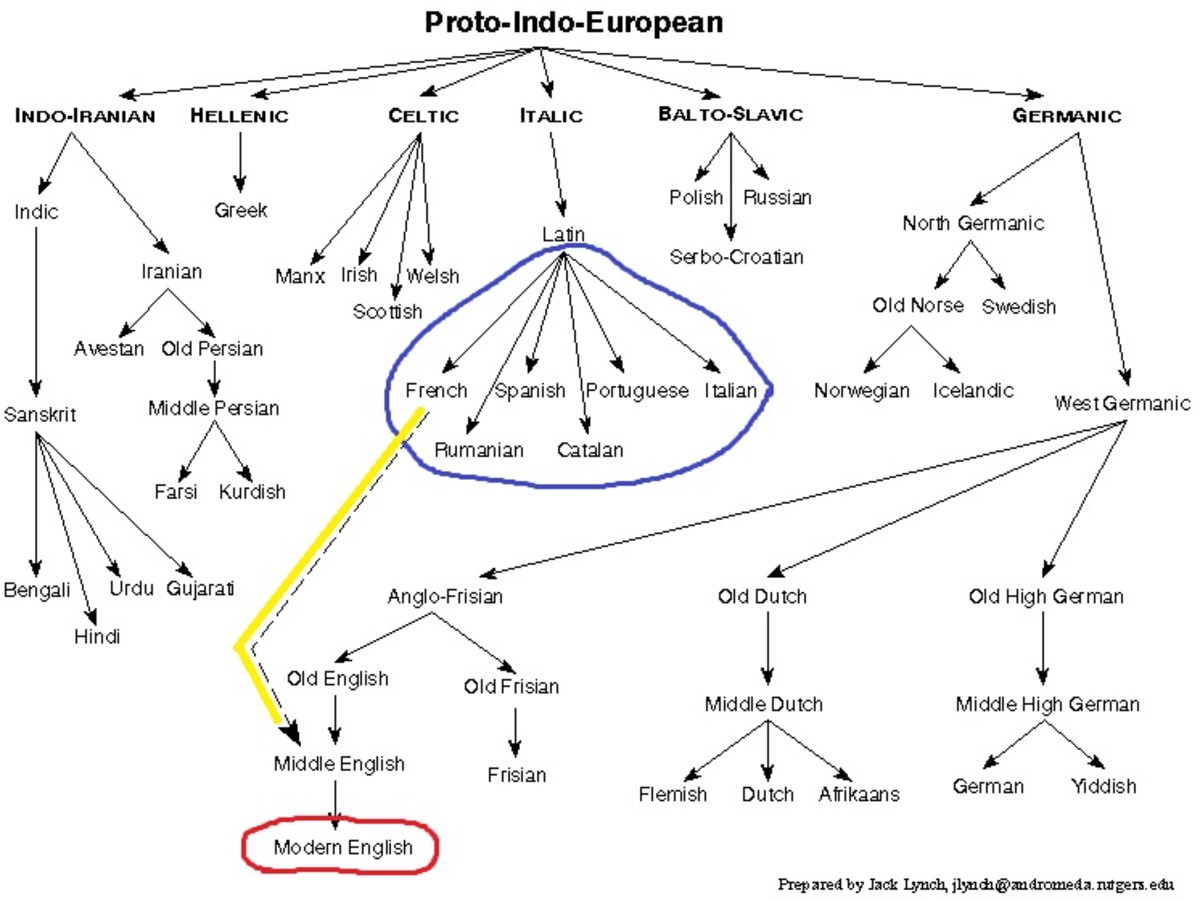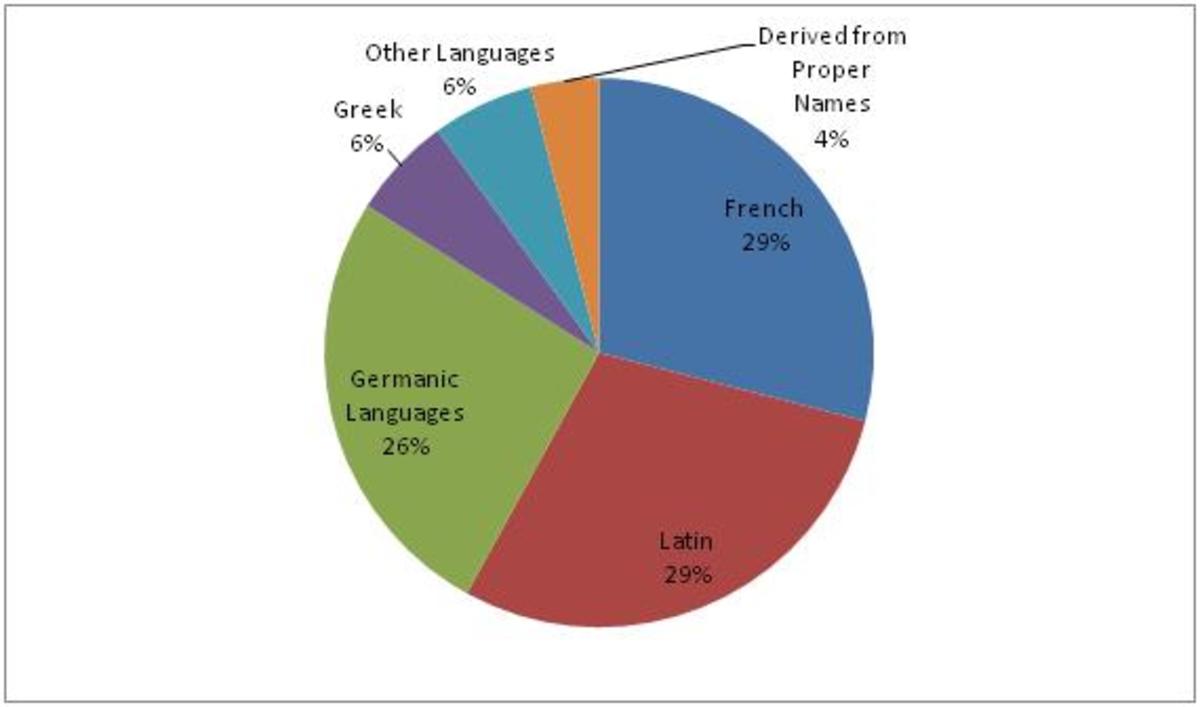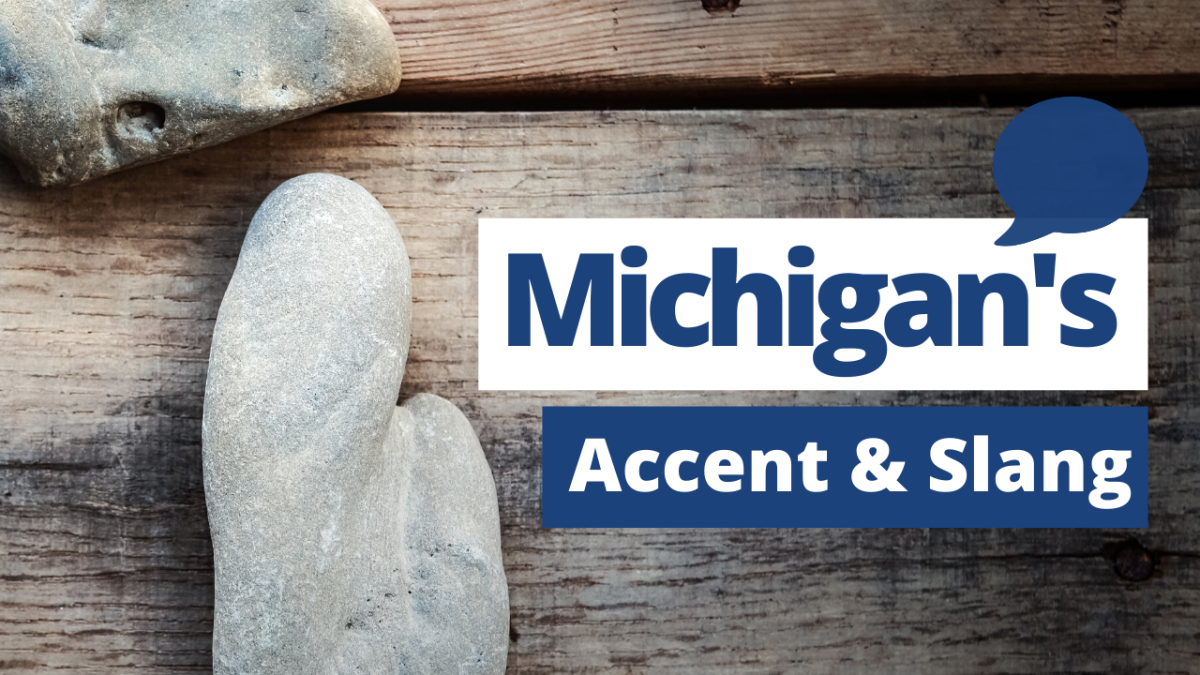Languages :: Origins :: Glossogenetics

Language Origins - Questions
For how many centuries have people been speculating over the origins of language? And what have been the questions they have asked about those language origins?
- What is the world's oldest spoken language?
- Is there a single source for all languages?
- How did words begin?
- What language was spoken in the Garden of Eden? (or for that matter for any religious theory for the origin of man).
As fascinating as these questions are, experiments and discussions over the past 3,000 years have shown the task of resolving answers to these questions to be fruitless (or at least inconclusive). The same questions are asked by each generation and the same conclusion is arrived at: there is insufficient evidence still available due to the distance those origins have in time from our own. There is no direct knowledge of the origins. We have no knowledge of the early development of language. It is also not easy to imagine how we would determine how that knowledge could ever be obtained.
Speculation is a great method with which to start. Using our imagination to develop theories and hypotheses on the origins of language form a base from which experimentation and observation can influence our knowledge-base to discard or redevelop them. Each generation gains additional knowledge and hones the theories until they tend towards a probable beginning.
Speculation can also lead to dissatisfaction about the conclusions. The Linguistic Society of Paris, in 1866, published an edict banning the discussion of the topic at their meetings due to their dissatisfaction about their conclusions. But no Society can ban discussions and the theorising goes on.
In the last 50 years there has been a resurgence of scientific evaluation of theories fo the origin of language. Archaeological finds, discoveries of manuscripts hidden in museum archives, modern analysis techniques and, yes, the DNA projects have provided fresh evidence and glimpses of what might have been.
The conclusions made from answering other language-related questions, such as:
- Why are there so many languages?
- How many languages are there?
- How many speakers of a language are there?
have also given insights into the origins of language.

Early Experiments into the Origins of Language
Over the centuries there have been remarkable, some fanciful, experiments undertaken to try to establish an understanding of the origin of language (if one believes all that one reads):
- Psamik I of Egypt (7th centuy BC) - took twins and kept speech from them. When they uttered becos he enquired from which language this word emanated and found that Phrygian had this word for bread. The conclusion: Phrygian was the mother language.
- Frederick II of Hohenstaufen (1194-1250), Holy Roman Emperor - conducted a similar experiment but failed to come to a conclusion.
- James IV of Scotland (1473-1513) - gave two young children to a dumb woman in order to try to determine what language they would speak - hearsay has it that they spoke Hebrew.

Feral Children :: Cases Recorded
- Wolf-child of Hesse (1344)
- Wolf-child of Wetteravia (1344)
- Bear-child of Lithuania (1661)
- Sheep-child of Ireland (1672)
- Calf-child of Bamberg (c1680)
- Bear-child of Lithuania (1694)
- Bear-child of Lithuania (?)
- Kidnapped Dutch girl (1717)
- Two boys of Pyrenees (1719)
- Peter of Hanover (1724)
- Girl from Sogny (1731)
- Jean of Liege (?)
- Tomko of Hungary (1767)
- Bear-girl of Fraumark (1767)
- Victor of Aveyron (1799)
- Kaspar Hauser of Nuremberg (1828)
- Sow-girl of Salzburg (?)
- Child of Husanpur (1843)
- Child of Sultanpur (1843)
- Child of Sultanpur (1848)
- Child of Chupa (?)
- Child of Bankipur (?)
- Pig-boy of Holland (?)
- Wolf-child of Holland (?)
- Wolf-child of Sekandra (1872)
- Child of Sekandra (1874)
- Wolf-child of Kronstadt (?)
- Child of Lucknow (1876)
- Child of Jalpaiguri (1892)
- Child of Batsipur (1893)
- Child of Sultanpur (1895)
- Snow-hen of Justedal (?)
- Amala of Midnapore (1920)
- Kamala of Midnapore (1920)
- Leopard-child of India (1920)
- Wolf-child of Maiwana (1927)
- Wolf-child of Jhansi (1933)
- Leopard-child of Dihungi (?)
- Child of Casamance (1930's)
- Assicia of Liberia (1930's)
- Confined child of Pennsylvania (1938)
- Confined child of Ohio (1940)
- Gazelle-child of Syria (1946)
- Child of New Delhi (1954)
- Gazelle-child of Mauritania (1960)
- Ape-child of Teheran (1961)
- Genie, USA (1970)
Using Feral Children As Evidence Of 'First' Language
There have been many cases of children being found that have apparently been reared by animals, thus becoming isolated from social intercourse. The cases listed have been gleaned from Wolf Children (1972) by Lucien Malson. Some cases have the merest snippet of information but others have been studied in detail.
Those cases studied in detail have been:
- Victor or Aveyron (1788-1828) - found wandering the woods near Saint Sernin sur Rance, France in 1797. He was captured twice before on January 8, 1800, he emerged from the forests. He lacked speech and indications were that he had spent the majority of his life in the woods. At the end of the Age of Enlightenment it was hoped that by studying the wild boy it would reveal what the difference between man and animal was. Jean-Marc Gaspard Itard attempted to teach Victor to speak. Initial success eventually slowed. The only words that Victor ever actually learned to speak were lait (milk) and Oh Dieu (oh God). This was one of the first hints of what is now generally believed: language acquisition must take place in the first few years of life.
- Kaspar Hauser of Nuremberg - DNA evidence shows him probably to have been the son of Stephanie de Beauharnais and therefore the rightful Prince of Baden. He had been incarcerated but released after many years. The isolation however had not impaired his capability for language and therefore is not a good candidate for study of 'original language'.
- Amala and Kamala, the wolf-girls of Midnapore - probably a hoax or deception by the Rev. Joseph Amrito Lal Singh perpetrated about two autistic girls brought to his orphanage. They are therefore not good examples of feral children that could give insights into the development of the original language.
- Genie of Temple City, Los Angeles, California, USA (1970) - an example of severe sensory and social deprivation. She was strapped to a potty-chair and never taught to speak. She never had any normal human interaction. Due to further isolation in care facilities the development of language has been limited.
Feral Children
Glossogenetics :: A Scientific Approach To The Question of Language Origin
In contrast to the methods of previous centuries and decades there has been serious scientific research in recent years into the question of the origin of language. This study may be called glossogenetics - study of the formation and development of spoken language. This branch of the science encompasses various other branches such as: sociobiology; linguistics; semiotics; palaeontology; anthropology; primatology; neurology; and, psychology.

Evolutionary Origins of Language 1
Evolutionary Origins of Language 2
The Origin of Language
Language and the Mind Revisited - The Biolinguistic Turn
What Does Palaeontology Teach Us About Original Language?
Can one ascertain the point at which speech began from the human fossil record? Well, yes, but the results as yet are inconclusive.
The size of the brain does not determine language ability, so that is a dead end. The shape of the jaw and soft palate may have implications but as no soft tissue is available to determine whether the tongue, pharynx and larynx were developed sufficiently at any period to accommodate speech again an almost dead end is reached.
However, by comparing present day physiologies and vocalisations occurring for certain shapes of vocalising body parts and those that can be reconstructed using plaster casts of extant human skeletal features, a glimpse of the required physical attributes can be speculated.
It is now possible to theorise that the oldest hominids did not possess speech. Australopithecus (4 to 5 million years) probably did not possess speech. For Neanderthal man (70k - 35k years) the evidence is ambiguous as the reconstructed vocal tract could probably only have been able to create a few consonant and vowel-like sounds. Cro-Magnon man (35k years) had a much closer skeletal structure to modern man and it can be conjectured that this was the time at which language could be developed. Whether or not it did is another matter for conjecture.
The development of primate vocal tracts into human vocal tracts that become capable of forming speech has been influenced by four major factors:
- An erect posture has developed
- The head has moved forward
- The larynx has descended
- A flexible pharyngeal cavity has developed.
It should be noted that these developments were not evolutionary attributes that assisted breathing, chewing and swallowing. Rather they were evolutionary developments that allowed speech to develop at the expense of these more basic requirements. Humans can choke from food getting lodged in their larynx, monkeys cannot! Language, therefore, was more important to the survival of the species than being efficient in eating and breathing. It is therefore a fundamental of survival of the fittest humans.
Some humans had vocal tracts similar to modern humans as far back as 200,000 years ago. Whether their nervous system was sufficiently developed to control it is doubtful. The general agreement is that speech probably developed from 100k to 200k years ago. If the Neanderthal evidence is taken into consideration it is more probable that efficient speech developed some 30k to 50k years ago. - the late Upper Palaeolithic period.
This estimation of the age at which language developed does leave a gap of some 20,000 years before we see unequivocal evidence of language being written down.

Probing the Evolution of Human Language in a Model Organism
Original Language :: Was There Ever An Original Language?
There are three ways to look at how languages could have evolved:
- Monogenesis - all languages evolved from a common source as a result of cultural evolution. The existence of differences is the result of population migration. If this is the case then language universals can be interpreted as evidence of common origin.
- Polygenesis - separate languages emerged in several places. Language universals and other similarities are then explained by the existence of similar constraints on the speakers (physiological and environmental). As groups converged, languages did so as well (convergence ).
- All the 'living' languages may have developed from a single language but that language may have just been the winner of an earlier contest between several independent languages that came before.
Did an original language come about at the time when man began to migrate out of Africa? Did language develop after the migration began, in several places at once, as the capabilities of speech became available in evolutionary time? Did a major world event mean that several developed languages had a cause to amalgamate and produce a single language?
The events within man's recent history (the last 30,000 years) shows evidence that all three scenarios are possible. It is only with further research in all the areas that could affect language development that answers will bring us closer to the actuality.









